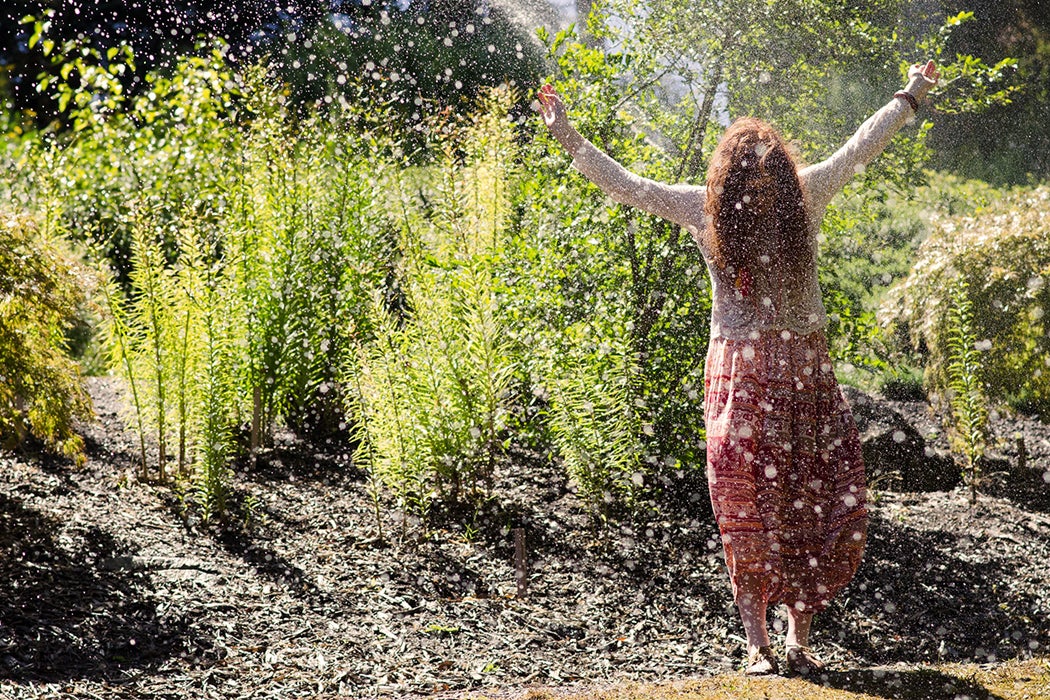Think of an intentional community and you might picture dazed hippies trying to survive on a meager kale harvest, or credulous followers in thrall to a charismatic leader. Bill Metcalf, an Australian researcher who has been personally involved in a number of intentional communities while also researching and writing about them for decades, tries to set the record straight. He writes that communal living has a long history and, in some cases, has created sturdy institutions that serve members well.
What makes an intentional community? According to Metcalf it has to have at least five members, drawn from more than one family, and members must consciously adopt a lifestyle outside of the mainstream to try to address social problems.
Communal living in the service of building a better world has a long history in the West. Metcalf writes that the first intentional community in recorded history was Homakoeion, created by Pythagoras in 525 BCE. The members tried to create an ideal society, though we don’t know much about what that meant to them other than that they gave up private property and meat, and were interested in numerology. Early Christians lived communally. A few centuries later, Christian monasteries became a major form of intentional community. Between the twelfth and eighteenth century, many communes were created by religious and political minorities including Waldensian ascetics in France, socialistic Diggers in England, and Shakers in North America.
Then, in the nineteenth century, a time of widespread utopian thought and writing, hundreds of intentional communities formed across Europe, the Americas, Australia, and New Zealand. Today, most of those groups have disappeared, but new ecovillages and communities of all sorts continue to pop up all over the world.
Contrary to common preconceptions based on horrific cases like the Jonestown massacre, Metcalf writes, members of intentional communities are rarely led by manipulative “gurus.” Over thirty years of research, he writes that he’s only encountered a few people who fit that description.
Get Our Newsletter
“In a few rare intentional communities, leaders exploit members, but this is probably less common as compared to in the general workplace,” Metcalf writes. He notes that rape and child abuse do sometimes occur, but much less frequently than in other settings.
“Free love,” a common feature of communes at one time, is rare in intentional communities today. And, while the incomes of people living in the communities are generally lower than average for the countries where they’re located, other researchers have found that members have more access to material things since many resources can be shared.
It is true, Metcalf writes, that most intentional communities don’t last long, and people often cycle in and out of them. But longstanding communities with relatively stable memberships also exist. For example, the first Israeli kibbutz, Degania, established in 1909, and Bon Homme, a Hutterite community in South Dakota formed in 1874, are still active today.







